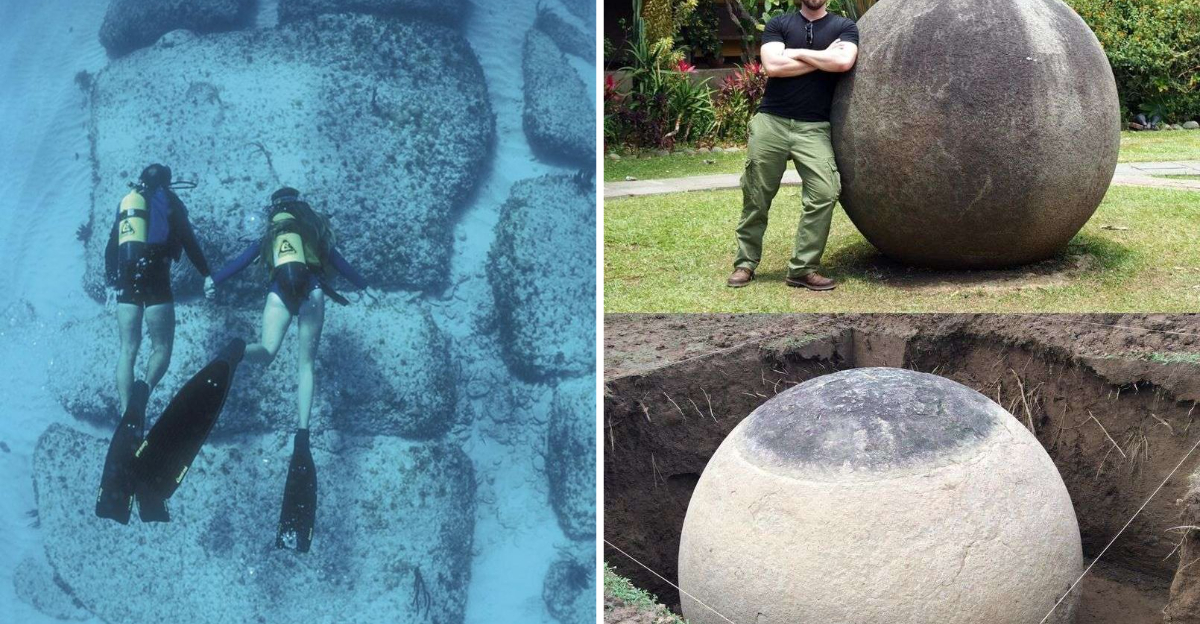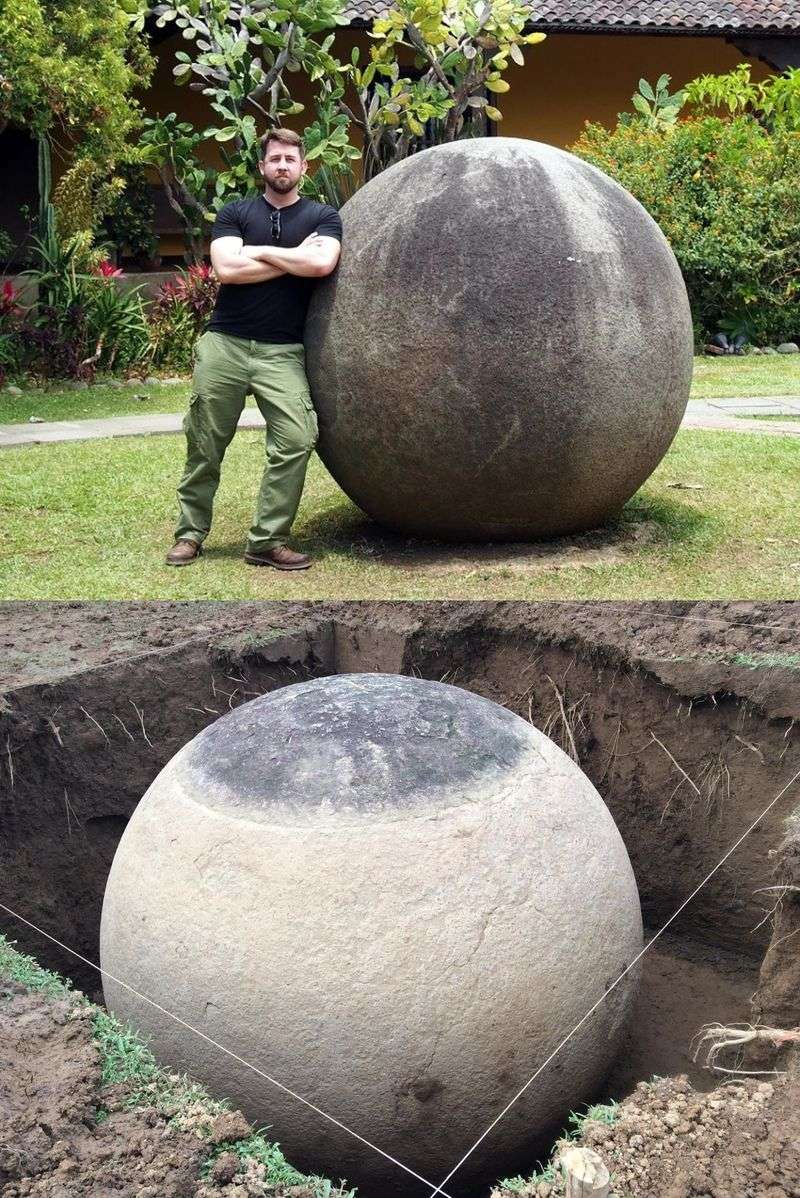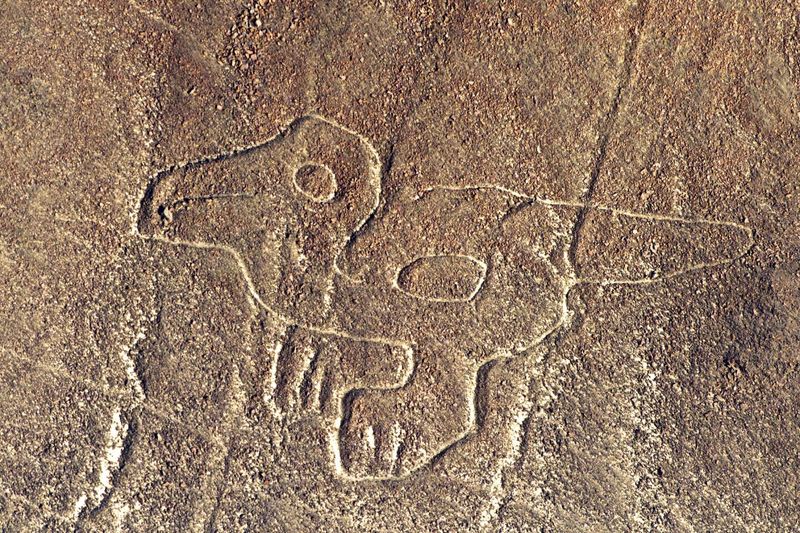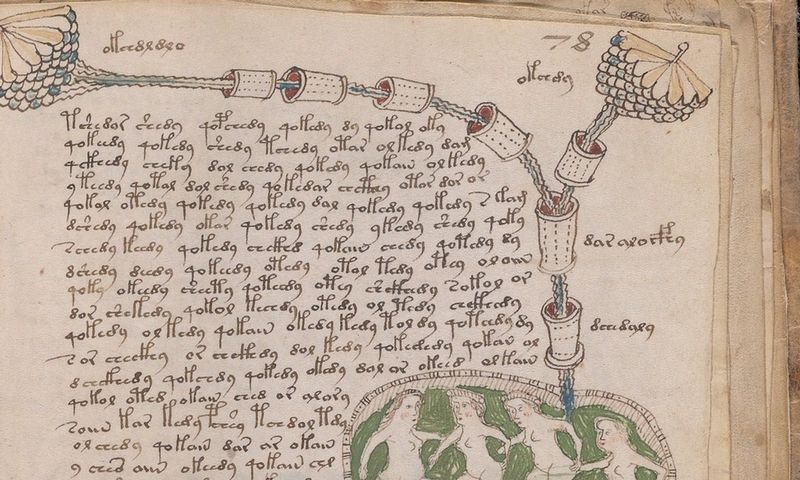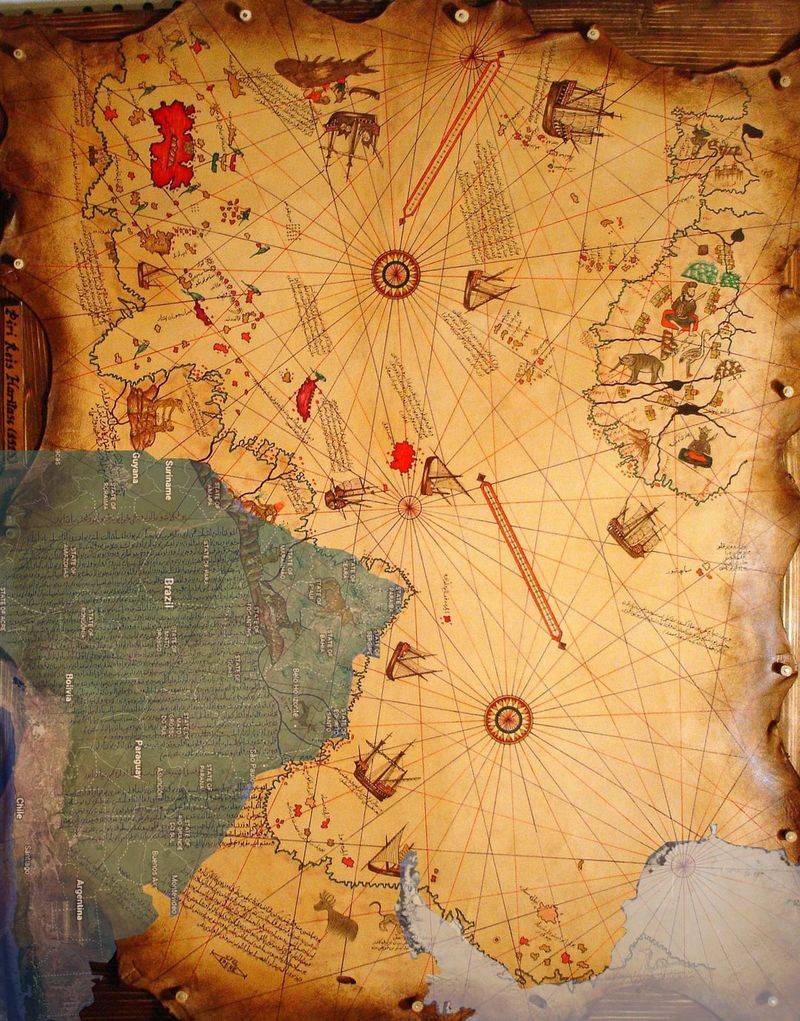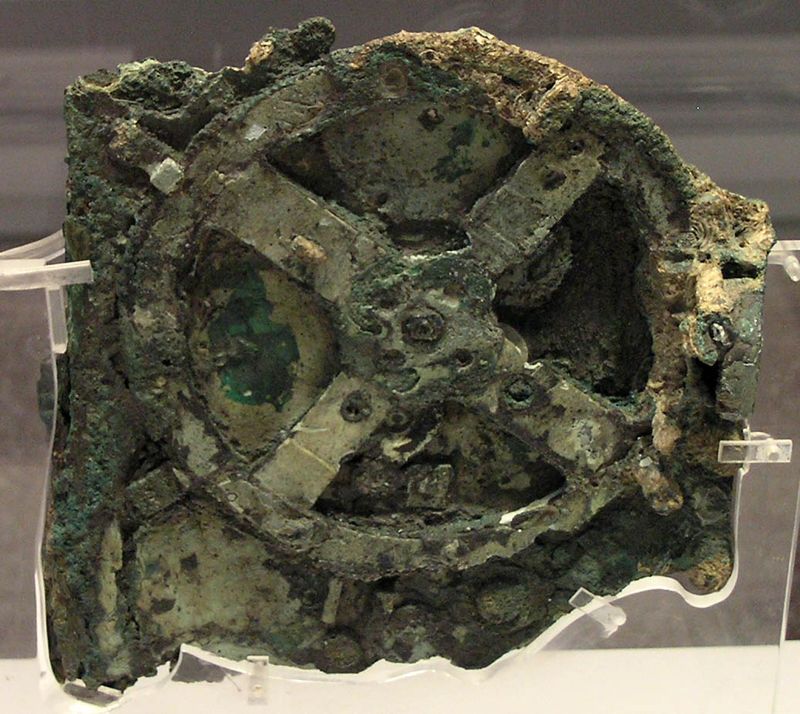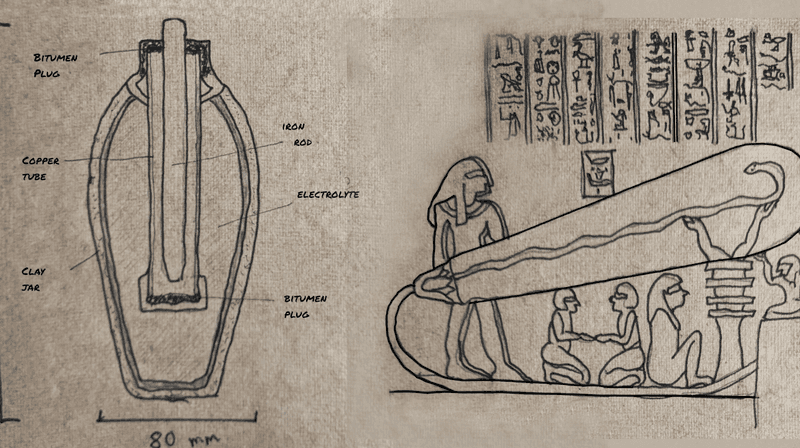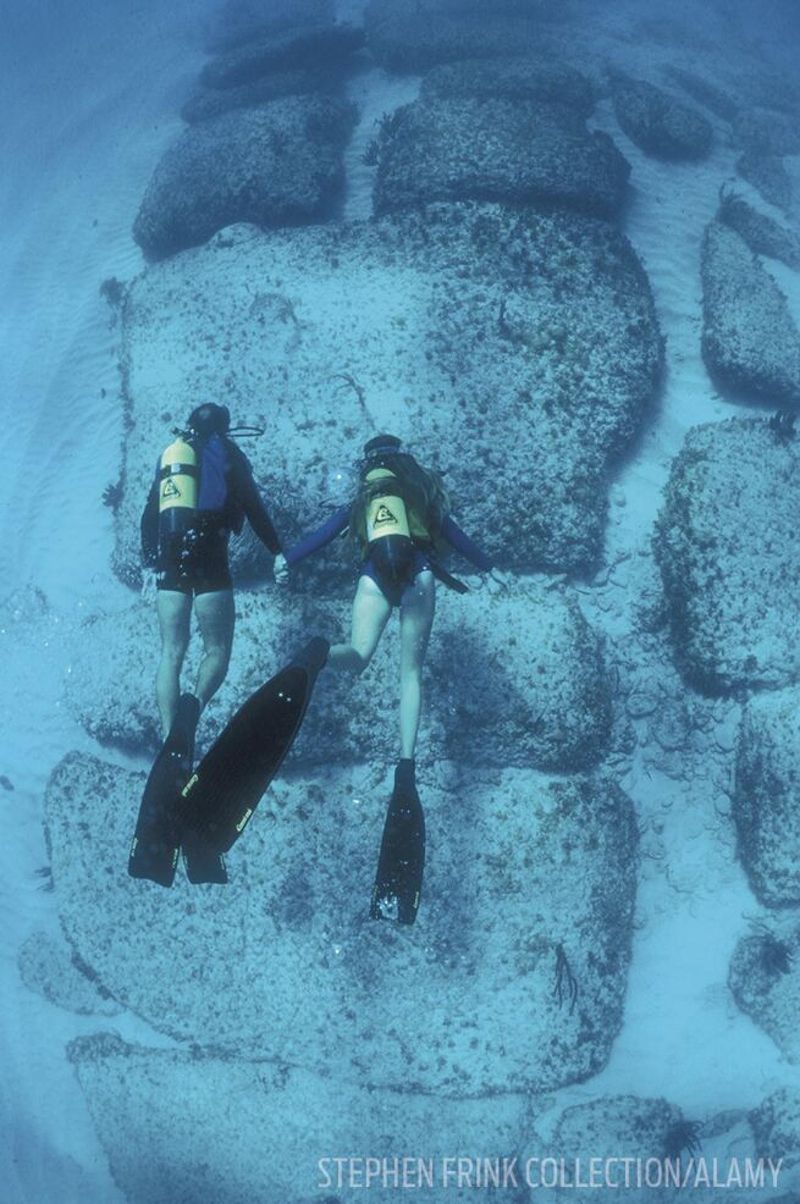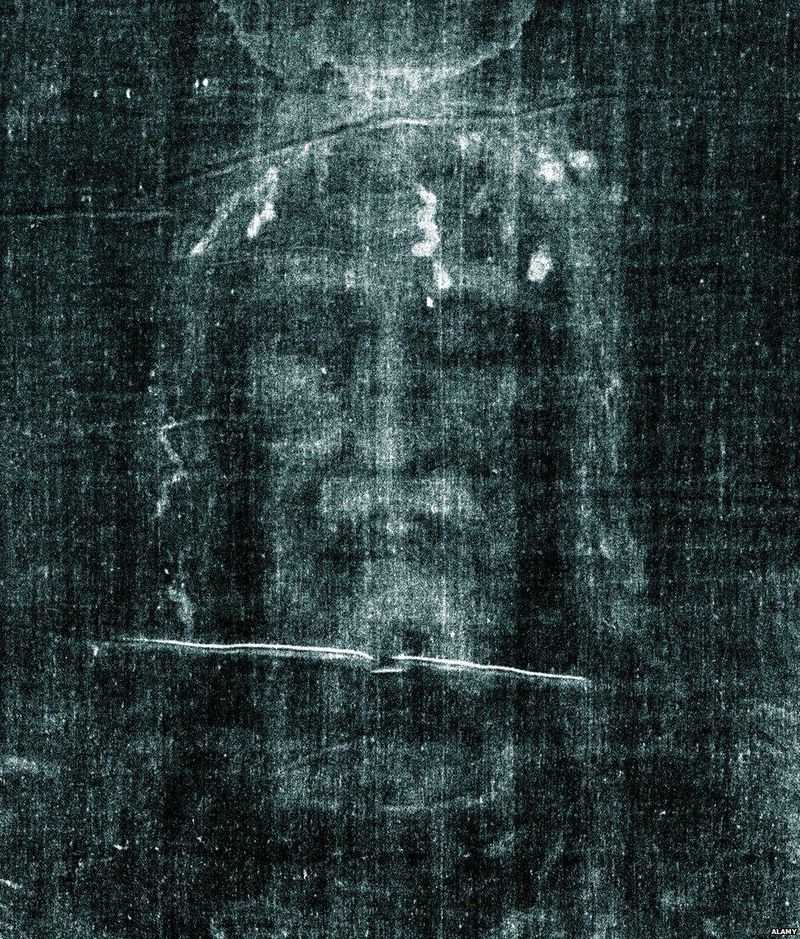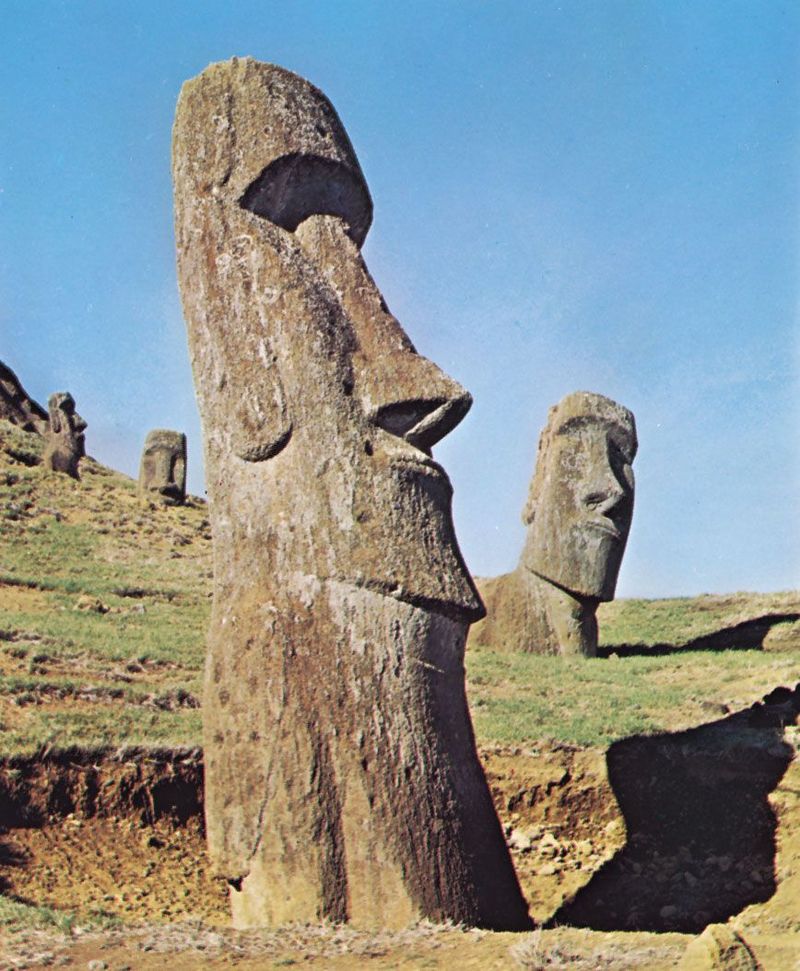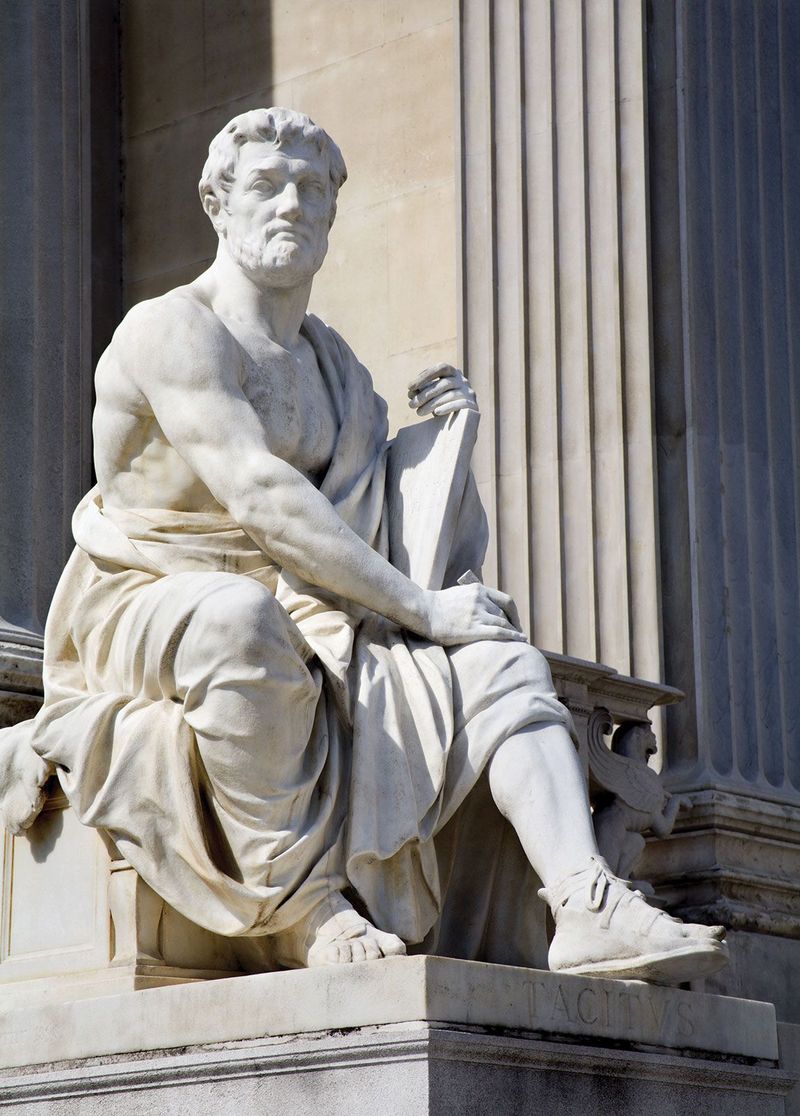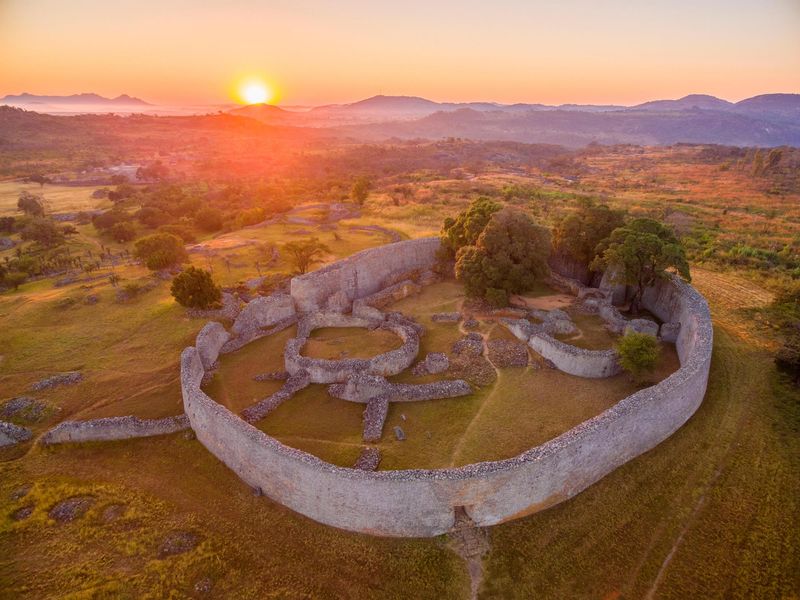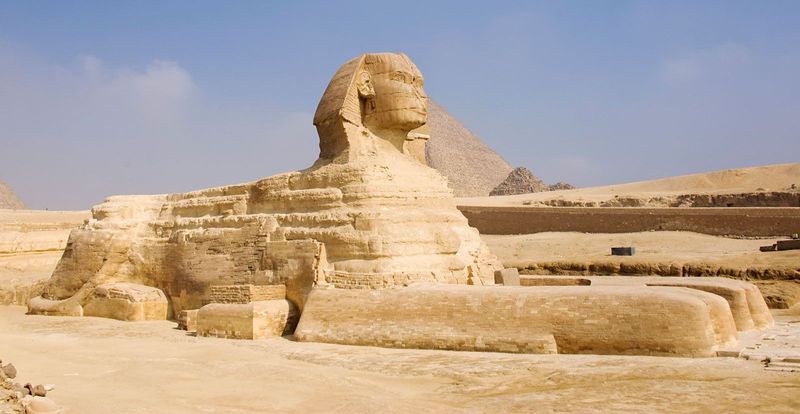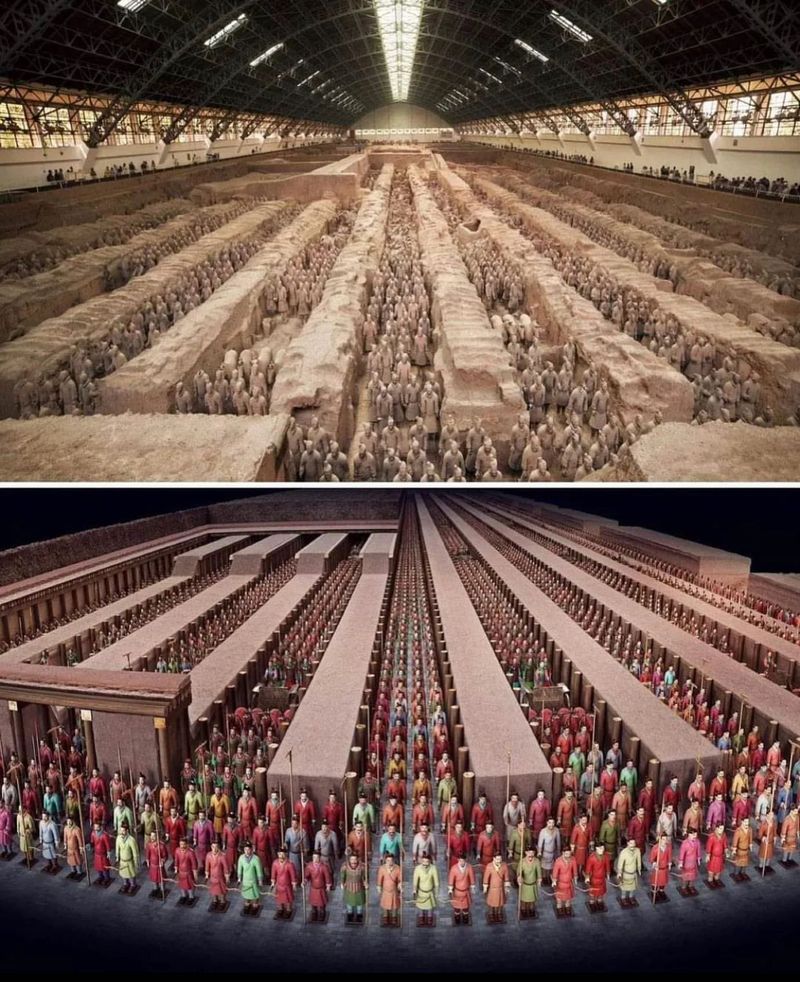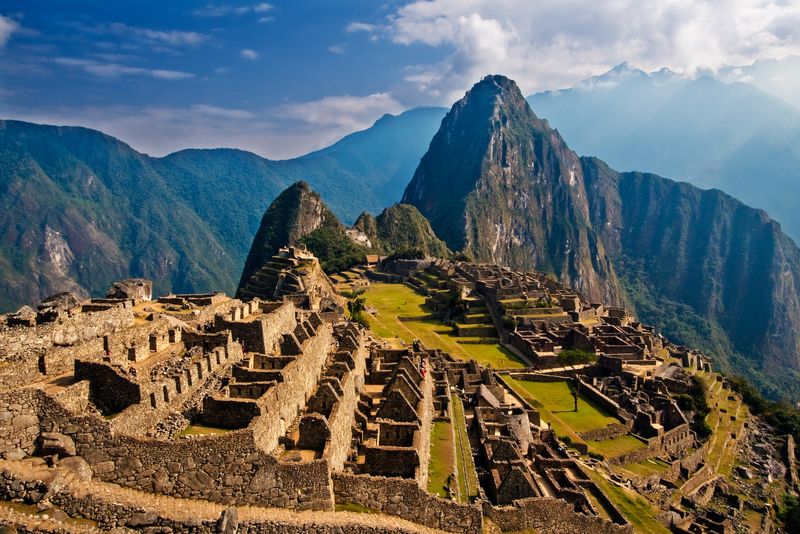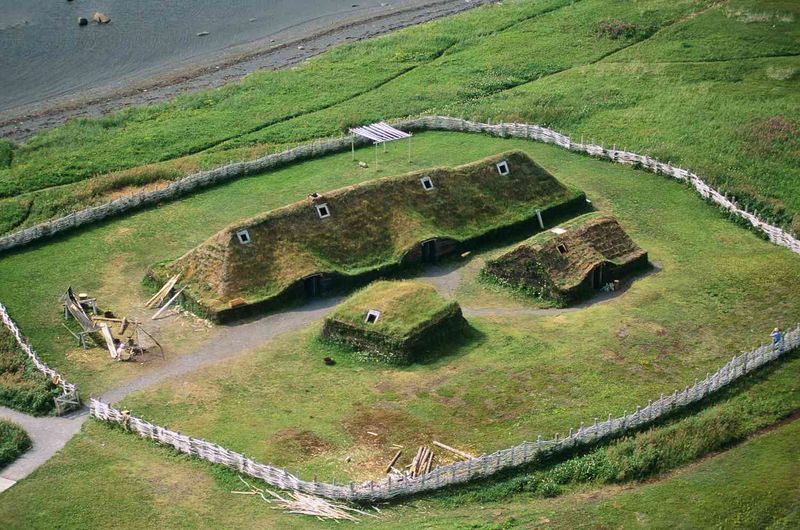Throughout history, archaeologists and historians have stumbled upon countless intriguing mysteries that continue to baffle us. Despite advances in technology and research, some ancient mysteries remain unsolved, leaving us to wonder about the civilizations that came before us. From cryptic structures to inexplicable artifacts, these enigmatic findings challenge our understanding of the past.
Stone Spheres of Costa Rica
Discovered in the 1940s by Dr. Samuel Lothrop, the stone spheres of Costa Rica are a mystery that has intrigued archaeologists for decades. These perfectly round stones, some weighing several tons, are scattered across the Diquis Delta and are believed to have been created by the now-extinct Diquis culture. Despite numerous studies, the purpose of these spheres remains unknown. Some speculate they were used for astronomical purposes, while others suggest they were markers for significant ceremonial sites. Their precision and uniformity defy explanation, making them one of the most puzzling artifacts from the ancient world.
Nazca Lines
The Nazca Lines, discovered by archaeologist Toribio Mejia Xesspe in 1927, are enormous geoglyphs etched into the desert sands of southern Peru. These lines form shapes of animals, plants, and intricate patterns, visible only from the air. Their purpose is still debated, with theories ranging from astronomical calendars to religious rituals. Despite extensive research, the method and reason behind their creation remain elusive. The Nazca Lines’ scale and precision continue to captivate historians and tourists alike, drawing attention to the ingenuity and mysterious practices of the ancient Nazca civilization.
Voynich Manuscript
The Voynich Manuscript, named after Wilfrid Voynich who discovered it in 1912, is one of the most perplexing books known to historians. Filled with strange illustrations and an undeciphered script, it has defied all attempts at translation. The manuscript is filled with drawings of unidentifiable plants and astronomical symbols, leading some to believe it might be a medieval code or a guide to alchemy. Despite numerous cryptanalysts and linguists attempting to unlock its secrets, it remains one of history’s most enigmatic texts, sparking endless speculation about its true purpose.
Piri Reis Map
The Piri Reis Map, unearthed by Gustav Adolf Deissmann in 1929, is a world map created by the Ottoman admiral and cartographer Piri Reis in 1513. This map is remarkable for its depiction of the South American coastline and an ice-free Antarctica. Researchers are puzzled by how Piri Reis obtained such accurate geographical details centuries before modern mapping techniques. The map has fueled theories about ancient advanced civilizations with knowledge of navigation and geography far beyond what was previously believed. The Piri Reis Map remains a tantalizing glimpse into lost knowledge from the past.
Antikythera Mechanism
Discovered by sponge divers off the coast of Antikythera in 1901, the Antikythera Mechanism is hailed as an ancient analog computer. This intricate device, dating back to the first century BCE, was used to predict astronomical positions and eclipses. Its complexity suggests a level of technological sophistication previously unknown to ancient civilizations. Despite extensive research, many aspects of its construction and use remain a mystery. The Antikythera Mechanism challenges our understanding of technological development in antiquity and continues to inspire awe and curiosity among scientists and historians.
Baghdad Battery
The Baghdad Battery, unearthed by Wilhelm Konig in 1938 near Baghdad, consists of clay jars with copper and iron components resembling electrical batteries. These artifacts date back to the Parthian or Sassanid era. The function of these ‘batteries’ has been the subject of much debate. Some suggest they were used for electroplating jewelry, while others believe they had a ceremonial purpose. Without concrete evidence, the true purpose of these ancient devices remains speculative. The Baghdad Battery continues to intrigue those interested in the technological capabilities of ancient civilizations.
Gobekli Tepe
Dr. Klaus Schmidt discovered Gobekli Tepe, an archaeological marvel in southeastern Turkey, in 1994. This site dates back to the 10th millennium BCE and features massive stone pillars arranged in circles, adorned with intricate carvings of animals. Its purpose remains unknown, but it is believed to have been a ceremonial or religious site. The construction of Gobekli Tepe predates Stonehenge by several millennia, indicating a level of social organization and architectural skill not previously attributed to hunter-gatherer societies. This discovery has reshaped our understanding of prehistoric culture and its capabilities.
Bimini Road
The Bimini Road, discovered by Dr. J. Manson Valentine in 1968, is an underwater formation near Bimini Island in the Bahamas. The stones appear to form a road-like structure, sparking speculation about its origins and purpose. Some believe it is a natural formation, while others suggest it may be a remnant of the lost city of Atlantis. The stones are aligned in a way that suggests human intervention, yet definitive proof of their origin remains elusive. The Bimini Road continues to captivate those interested in underwater archaeology and ancient mysteries.
Shroud of Turin
The Shroud of Turin, a linen cloth bearing the faint image of a man, has been a subject of religious reverence and scientific scrutiny. First recorded in the 14th century, the shroud is believed by some to be the burial cloth of Jesus Christ. Radiocarbon dating suggests it dates to the Middle Ages, conflicting with its purported origins. The image’s formation remains unexplained, with debates over its authenticity and the methods used to create it. Despite extensive research, the Shroud of Turin continues to be a spiritual and scientific mystery, captivating both believers and skeptics alike.
Easter Island Moai
The Moai statues of Easter Island, first encountered by Europeans in 1722, remain a symbol of mystery and wonder. These massive stone figures, with their imposing faces and elongated heads, are scattered across the island. Created by the Rapa Nui people, their purpose and the methods used to transport and erect them remain topics of speculation. Some theories suggest they were created to honor ancestors or deities, while others point to social or political purposes. Despite various studies and theories, the Moai continue to guard their secrets, intriguing historians and travelers alike.
Tacitus’ Lost Works
The lost works of Tacitus, an esteemed Roman historian, continue to elude scholars. Rediscovered manuscripts in the 15th century hinted at missing sections of his annals and histories. These lost texts are believed to contain valuable insights into the Roman Empire’s political and social landscape. The absence of these works has left gaps in understanding critical historical events. Scholars continue to search for these missing pieces, hoping to uncover Tacitus’ full account of Roman history. The mystery of Tacitus’ lost works remains a tantalizing puzzle for historians and classicists.
Great Zimbabwe
The ruins of Great Zimbabwe, discovered by European explorers in the 16th century, are an architectural marvel. This ancient city, with its towering stone walls and conical towers, was once the capital of a wealthy African kingdom. Historians are still puzzled by the civilization that built such an impressive structure without mortar, and the reasons for its eventual decline. The city’s origins and the identity of its builders remain subjects of debate. Great Zimbabwe stands as a testament to the ingenuity of its creators, offering a glimpse into a sophisticated and mysterious past.
The Sphinx of Giza
The Great Sphinx of Giza, with its majestic lion’s body and human head, has been an icon of mystery for centuries. Believed to have been discovered by ancient Egyptians themselves, its exact age and purpose are subjects of debate. Some scholars propose it was built during the reign of Pharaoh Khafre, while others argue it is much older. The erosion patterns on the Sphinx suggest it may have been exposed to water, leading to further speculation about its origins. This enigmatic monument continues to captivate historians and archaeologists, inviting new theories and research.
The Tomb of Qin Shi Huang
The tomb of China’s first Emperor, Qin Shi Huang, was accidentally discovered by farmers near Xi’an in 1974. It houses the famous Terracotta Army, life-sized sculptures of warriors meant to guard the emperor in the afterlife. Despite the impressive excavation of the warriors, the tomb itself remains unexcavated. Legends speak of deadly traps and rivers of mercury, adding to the intrigue. The decision to leave the tomb undisturbed stems from preservation concerns and respect for cultural heritage. Historians and archaeologists eagerly anticipate the secrets it might hold, waiting for the right moment to uncover them.
Machu Picchu
Machu Picchu, the iconic Incan city perched atop the Andes, was brought to international attention by Hiram Bingham in 1911. Its purpose remains a mystery, with theories suggesting it was a royal estate, religious center, or strategic outpost. The site’s intricate stonework and alignment with astronomical events reflect advanced engineering and cultural practices. Despite extensive study, the reasons for its abandonment and its role within the Incan Empire are still debated. Machu Picchu’s allure lies in its breathtaking beauty and the secrets it holds about its creators and their way of life.
L’Anse aux Meadows
L’Anse aux Meadows, discovered by Helge and Anne Stine Ingstad in 1960, is a Norse site in Newfoundland, Canada. This archaeological find confirmed the presence of Vikings in North America around 1000 AD, long before Columbus. The settlement features reconstructed buildings and artifacts that suggest a temporary base for exploration. However, the reasons for its establishment and eventual abandonment remain unknown. L’Anse aux Meadows sheds light on Norse exploration and raises questions about their interactions with indigenous peoples. This site continues to fascify those interested in Viking history and transatlantic voyages.
